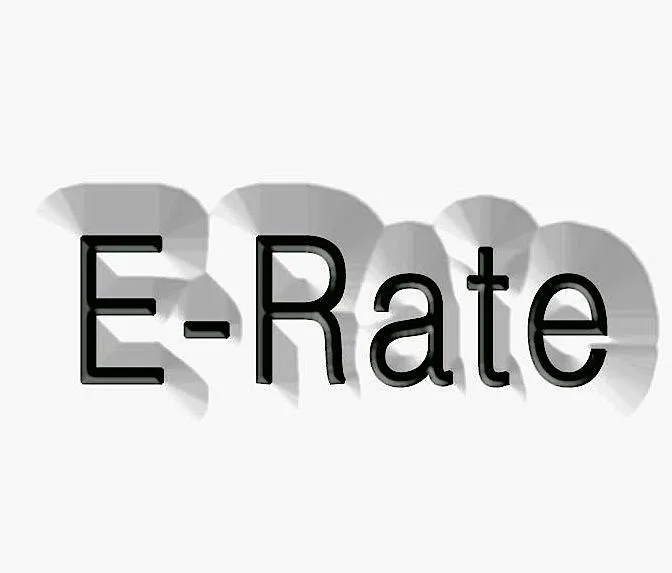Improved E-Rate gathers allies

As Speed Matters noted this week, CWA wholeheartedly supports the FCC’s action to update the E-rate program to bring greater broadband capacity to our nation’s schools and libraries.
But CWA and speed Matters are not alone. The FCC has received literally hundreds of comments, most urging exactly the same expansion.
For instance, in a news release on September 18, the American Library Association also “asked the Federal Communications Commission (FCC) to accelerate deployment of the high-capacity broadband needed to serve students and learners of all ages through our nation’s libraries and schools”
As the ALA noted, “America’s 16,417 public libraries serve more than 77 million computer users each year, yet only half of these multi-user outlets offer Internet speeds above the FCC’s home broadband recommendation of 4 Mbps.”
One would expect schools, libraries and community groups to encourage E-Rate expansion, but the program has garnered support from another quarter – AT&T, which also filed comment. As Hank Hultquist, the company’s vice president-federal regulatory, wrote in the company’s public policy blog:
“The current structure of the E-rate program does not reflect the reality of today’s rapidly growing high-speed world. Therefore the program should shift from supporting basic telecom and Internet access services to supporting the expansion of high-speed broadband connections into every school and library.”
Moreover, powerful coalitions have called for increased investment in the E-Rate expansion. For instance, the Education and Library Networks Coalition (EdLiNC) – a group of public and private education associations and the ALA – in a list of messages to the FCC said this: “E-Rate’s funding is inadequate to meet current and future demand. With requests for E-Rate assistance totaling more than double the current annual cap, EdLiNC urges the FCC to increase funding to at least $5 billion annually.”
But those are just examples. The Benton Foundation, which tracks communications developments, pointed out:
“September 16 was the deadline for the first wave of public comments. Now stakeholders in this proceeding will review the public input and offer additional comments to help guide the FCC’s review. By October 16, the second wave of public comments must reach the FCC and then the agency will begin reviewing that input.”
To help schools, libraries, community and labor groups – as well as interested individuals – Benton has created an online resource, ConnectED and Modernizing the FCC's E-rate Program, to help track developments in the debate over E-Rate.
Ultimately, as Benton notes, “In 2013, the question isn’t which school or library has Internet access and which doesn’t. The question is what is the educational capacity of the school’s or library’s telecommunications infrastructure.”
Yet, upgrading the online capacity of our institutions is an essential element of our nation educational capacity. And Speed Matters continues to support E-Rate.
CWA supports FCC’s E-rate update (Speed Matters, Sep. 17, 2013)
ALA calls for leap forward in E-rate goals; streamlined program (American Library Association news release, Sep. 18, 2013)
Bringing America’s Classrooms Into the Digital Age (AT&T Public Policy blog, Sep. 17, 2013)
A Big Week for E-Rate: First Round of Comments Wraps Up (ISTE Connects Blog, Sep. 19, 2013)
ConnectED and E-rate Reform: The Conversation Begins (Benton, Sep. 17, 2013)
ConnectED and Modernizing the FCC's E-rate Program (Benton website)
CWA members oppose AT&T’s attempts to stop serving rural and low-income communities in California
CWA urges FCC to deny industry attempts to loosen pole attachment standards
CWA District 6 reaches agreement with AT&T Mobility



